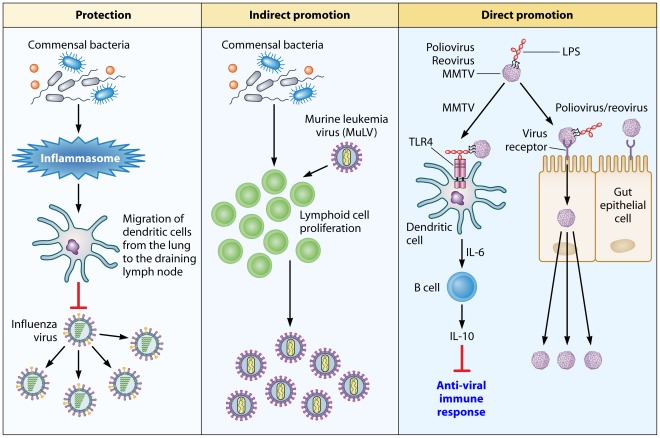Figure 1. An overview of how the commensal microbiota influence viral pathogenesis.
Protection: The microbiota of the host activates the inflammasome by priming signal 1 for IL-1β and IL-18 secretion. The secretion of these cytokines induces migration of dendritic cells from the lung to the draining lymph node, where they prime T cells. The downstream effect of T-cell priming is protection of the host against influenza virus-induced pathology. Indirect promotion: In the case of MuLV, the microbiota of the host stimulate proliferation of lymphoid cells that are targeted by the virus. Direct promotion: Microbial ligands, such as LPS, are utilized by viruses to enhance their attachment to target cells (polio virus and reovirus) or to counteract the antivirus immune response by activating the TLR4 pathway, which leads to IL-10 production (MMTV).

